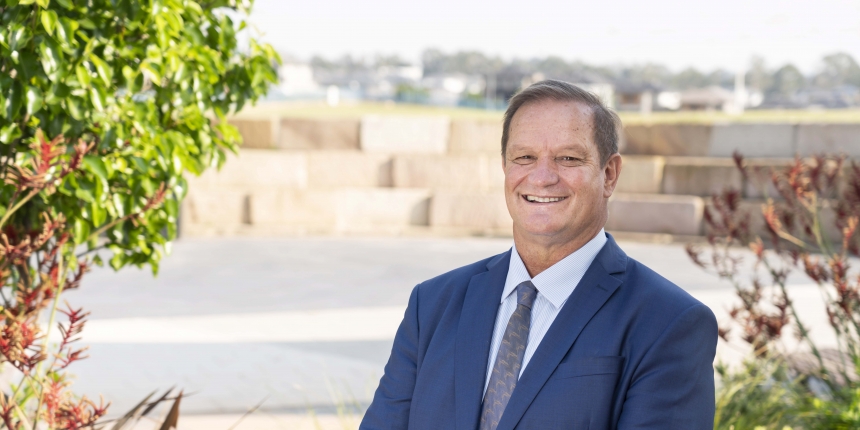Welcome back to Term 3, a very important term in consolidating the gains made in the first semester and an opportunity for students to take teachers' feedback on-board and realign ‘thinking and approach’ to learning. I would encourage all parents not to reprimand their child for a report that may have fallen short of their expectations. Instead make a clear, practical plan to address some of the areas of concern raised in the report. If the report was positive then the conversation might take a different tact, however, areas for improvement can still be identified and practical strategies put in place for improvement.
In the past weeks we have been looking at the Graduate Aims that have been identified by our staff and students. These aims identify what we would like each student to possess as they graduate from the College and move into new opportunities beyond school.
.JPG)
Developing the critical thinking and encouraging creativity goes beyond simply seeking to grow students who ‘know a lot of things’ in terms of information or mastering particular skills; whilst this might be important it is more critical that our students can also think and apply their thinking to solve problems. Developing the ability to think is a core skill for all students. We live in a complex world and a wealth of knowledge is now at our finger tips through technology, yet there is a growing number of problems that we need to identify and solve. To this end, I was blessed this week, when I arrived at College there was a colourful array of flags from different nations fluttering along the boulevard. The School Captains had initiated a new initiative called UNITE. The flags are a representation of our diverse cultural backgrounds. There were problems to resolve… purchasing the flags, hanging full sized flags and making an impression etc, all required a strong vision and some practical problem solving. The result was a stunning visual effect that helps to carry a special message, around unity, to our current student population. Other activities are planned throughout the week including a celebration of international food and interviews with students and staff talking about their cultural heritage. It is a great initiative that I can only thank the student leaders for initiating.
All layers of thinking are equally important, as they work together in harmony to enable a student to apply a range of thinking skills to engage in any given situation. We want to grow students who are curious in their thinking, and have a thirst for new knowledge. However, we also seek to grow students who can apply critical thinking skills to analyse, evaluate and draw connections between their learning and use these skills to facilitate effective decision making and problem solving. Ultimately, we also seek to grow students who are able to think creatively in order to be able to overcome difficulty and suggest alternative ways of doing things, however, we recognise that one ‘can’t think outside the box until [they] understand the box itself’; that is, ‘true creativity can only come after mastery of one or more disciplines’ (Tokuhama-Espinosa). We therefore see that students require all three layers of knowledge; critical thinking must be based on a foundation of knowledge, and creativity must not occur to the exclusion of critical and curious thinking.
Students ability to think independently is critical to their ability to self-regulate in their learning, problem solve and take responsible risks in their learning. Students will also develop metacognitive strategies to become aware of their own thinking processes, to be resourceful in their application of different frames of thought when approaching problem solving scenarios. This skill is increasingly important given the growing need for tertiary qualifications in the Australian workforce.


